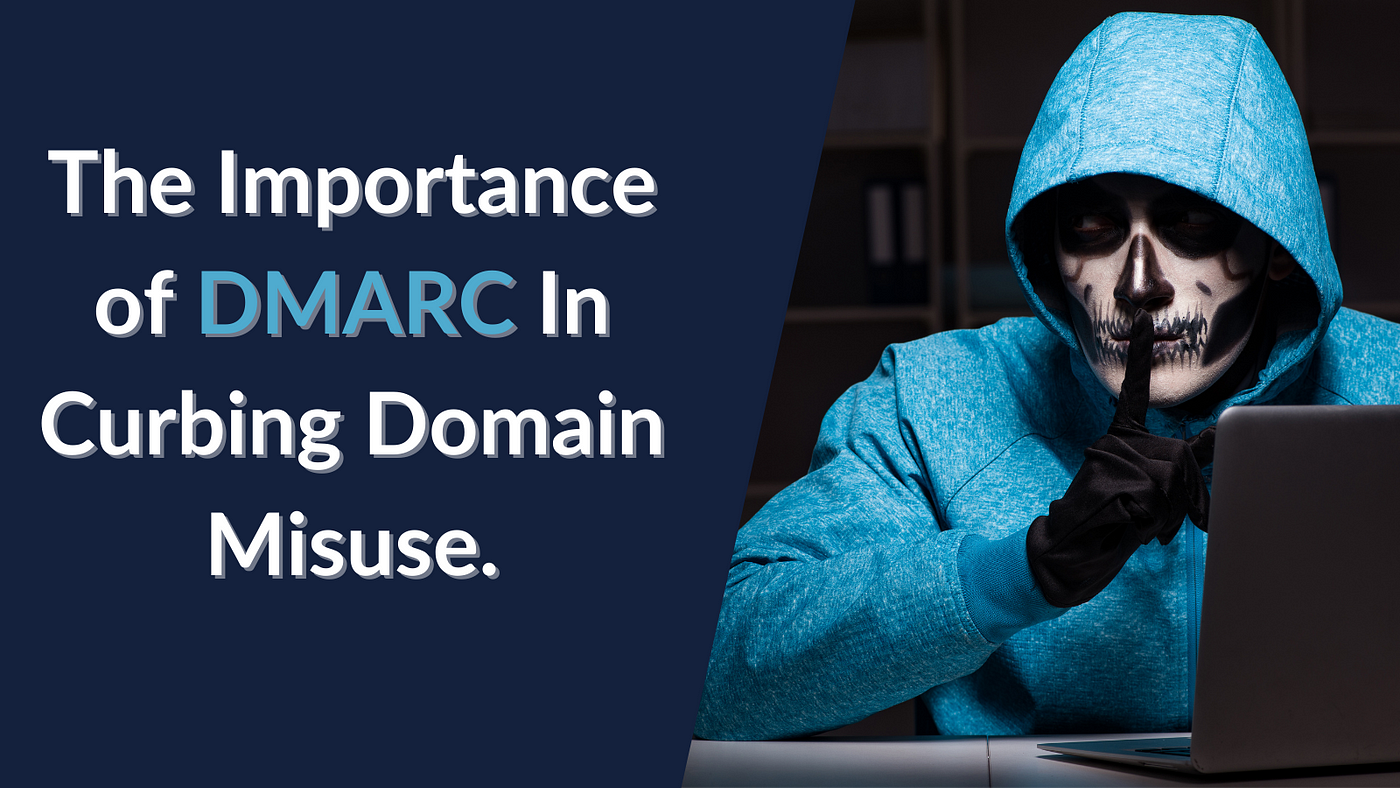Since the invention of email, fraudsters have utilized the capacity to produce false emails as a weapon for the distribution of spam, phishing assaults, and malware. DMARC is a simple approach that allows an email receiver to validate the legitimacy of an email while also adding security that makes it simpler to recognize malicious emails.

Cybercriminals are known to imitate well-known businesses and leverage the brand’s trustworthy reputation to send emails to recipients as an imposter. The victims wind up disclosing sensitive information such as credit card pins and passwords, or even paying the imposters.
Suggested Read:- How to Detect and Block incoming Spoofing emails?
DMARC to the rescue
DMARC (Domain-based Message Authentication, Reporting, and Conformance) is an email security service that detects and prevents email spoofing. The goal of DMARC is to fight email phishing frauds in which the sender’s address has been falsified to appear as though it originated from a real company.
Working of DMARC
For a company that sends emails to its clients, DMARC ensures that legitimate emails are authenticated and that the sender’s identity is verified by the receivers’ email service provider. Fraudulent emails that appear to originate from domains under the company’s control are banned. The company can include domains that do not send emails, as well as frequently used domains, in its DMARC policy.
DMARC works in tandem with SPF and DKIM, two other effective email authentication standards.
SPF — permits domain owners to authorize hosts who can use their domain name’s “MAIL FROM” or “HELLO” identification. A list of hosts that are allowed to use a certain domain name is published in the Domain Name System (DNS) records of that domain as a specially structured TXT record.
DKIM — allows a domain owner tag and email to have a digital signature. Email authentication is done via the signer’s public key, which is published in the DNS. A genuine signature is an assurance that at least some sections of the email have not been modified after the signature was attached.
While SPF and DKIM assists in the detection of bogus emails, neither email authentication standard features a mechanism for reporting which emails were rejected and why. DMARC solves this problem by allowing domain owners to tag delivered communications with specific domain IDs in order to establish their legitimacy.
It includes instructions for receiving email servers on how to handle emails that fail SPF and DKIM authentication checks, as well as a reporting system that shows what actions were performed as a result of the policy.
Why is DMARC the right choice?
The reporting function of DMARC sets it apart from other email authentication mechanisms. With DMARC, you can monitor who sends emails on behalf of your domain and your brand and prevent spammers from sending phony emails.
The reporting capability of DMARC implies that receivers that are DMARC-compliant can inform you:
- How many emails do they receive with your domain name in the ‘From’ address?
- Where do the emails originate from?
- Have these emails passed DKIM and SPF checks?
Setting up DMARC in the DNS is as easy as it gets. Use EmailAuth’s solutions for all your email authentication needs including SPF, DKIM, BIMI, and DMARC.
Content Source:- https://medium.com/@EmailAuth/the-importance-of-dmarc-in-curbing-domain-misuse-7e62f4064740
